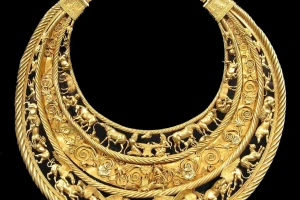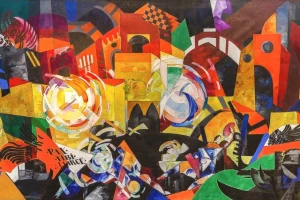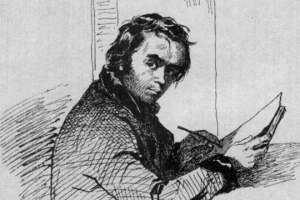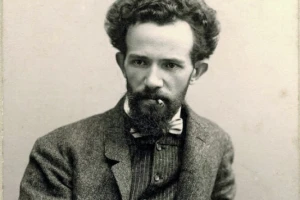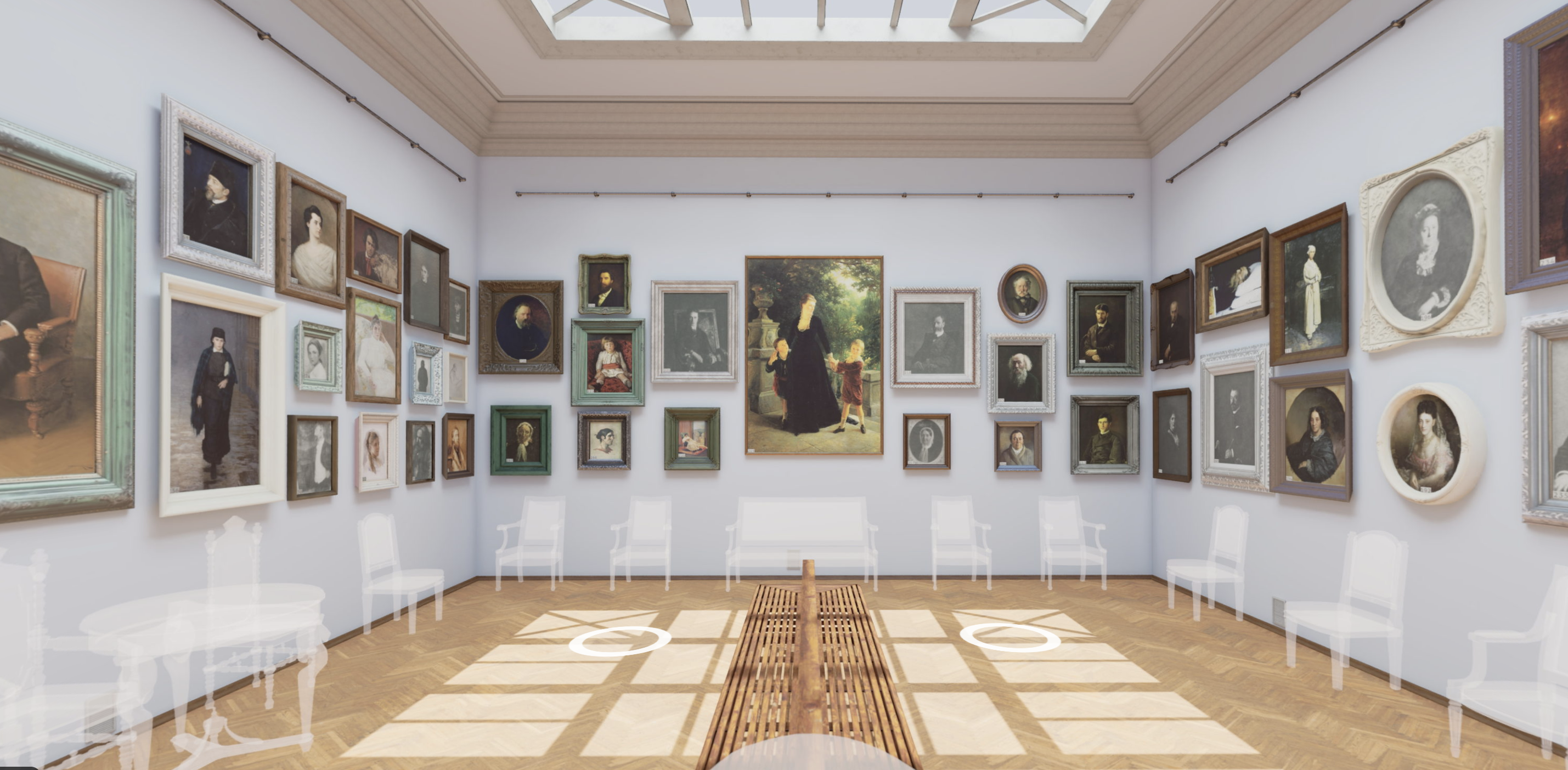The history of Ukraine is not just dates and events from textbooks. It is the living experience of generations, captured in stone, clay, gold, and even mammoth bone. The true “witnesses” of the past are the artifacts that have reached us through millennia. They can tell us more than any text, as they preserve the spirit of their era and the tangible sense of antiquity.
We have gathered ten artifacts that reveal the story of ancient Ukraine.
1. Bracelet from Mizin
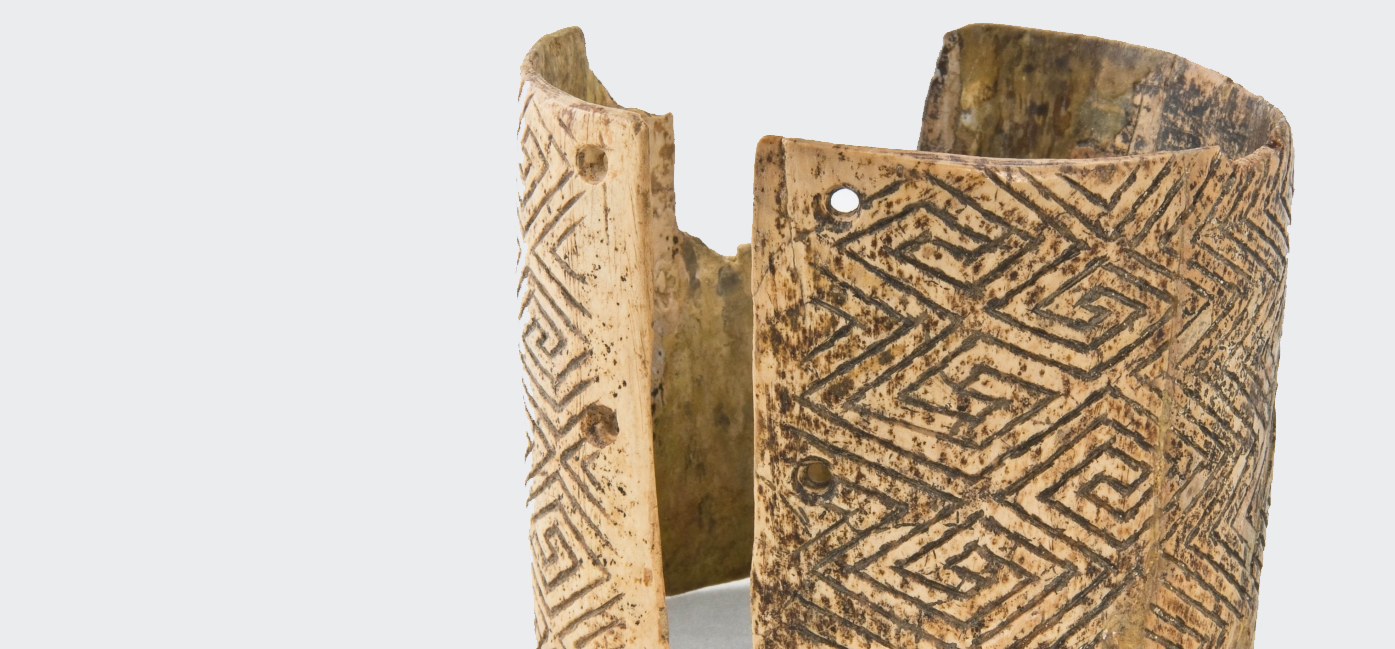
This is a masterpiece of Upper Paleolithic art, made approximately 15,000 years ago from a mammoth tusk, decorated with an exquisite meander pattern symbolizing prosperity. This unique artifact, found during excavations in 1912, is one of the oldest examples of geometric art and demonstrates the high level of skill of ancient people. It was transferred to the National Museum of History of Ukraine in 1936.
2. Archaeological finds from Kamyana Mohyla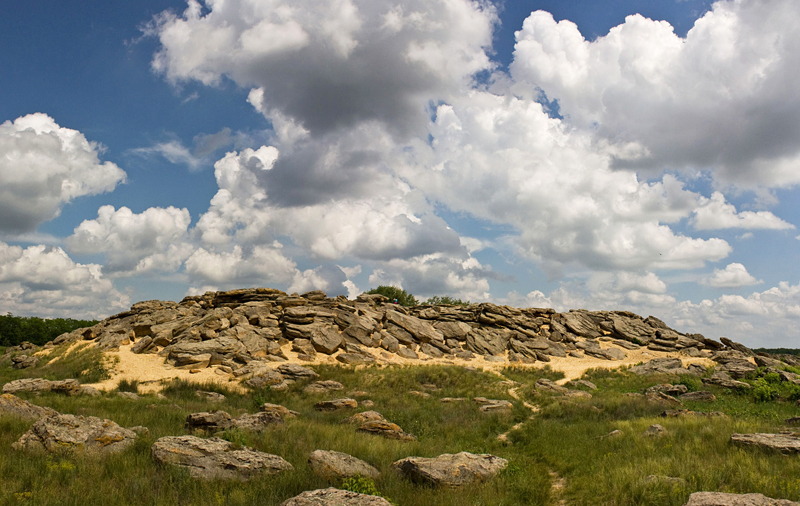
Kamyana Mohyla is a unique monument near Melitopol, preserving traces of human culture from the Paleolithic to the Middle Ages. Rock paintings, symbols, and a "primitive library" of over 3,000 petroglyphs were found here, telling about the beliefs, everyday life, and worldview of ancient people.
3. Trypillian ceramics (5th–3rd millennium BC)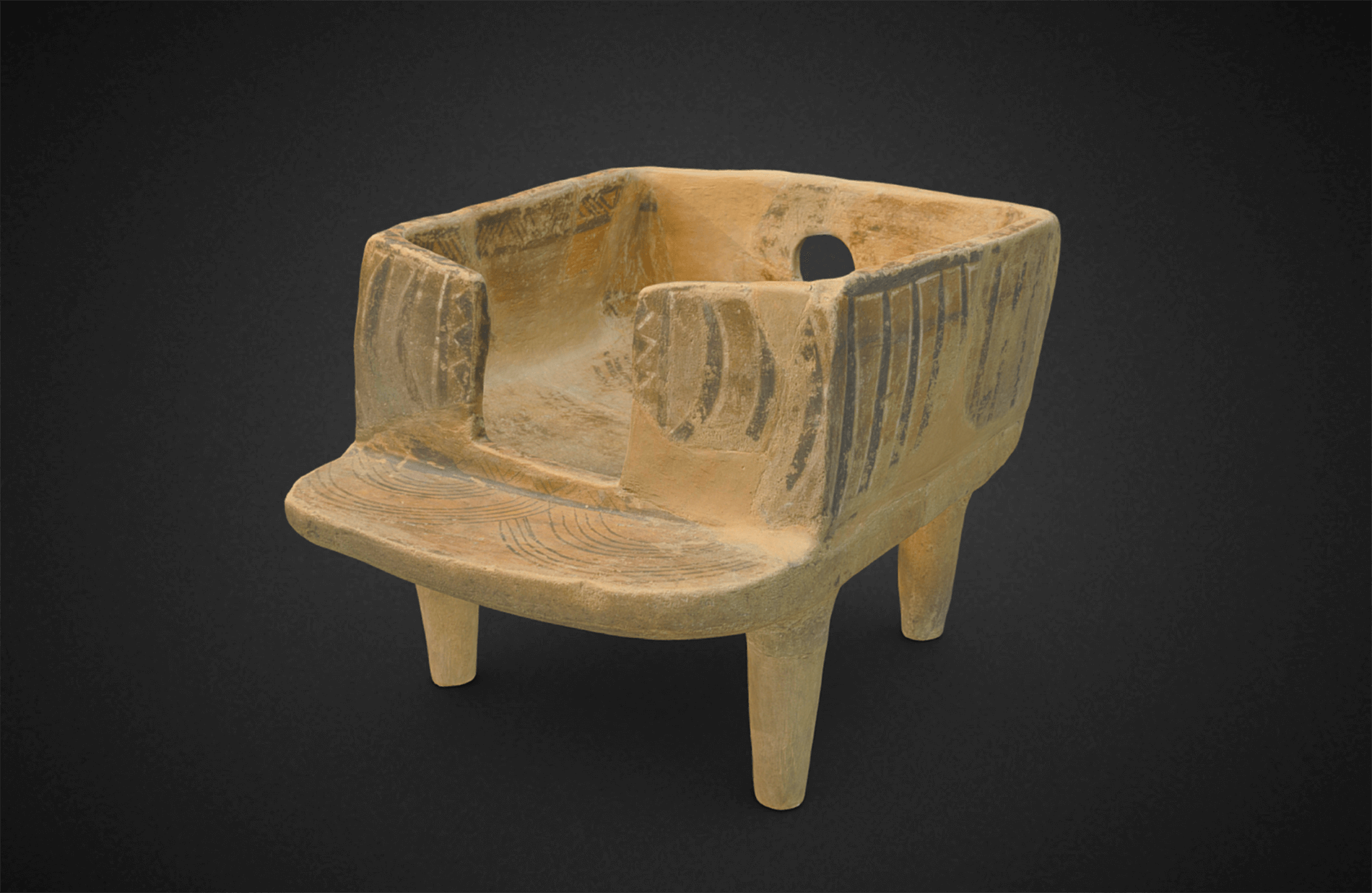
The clay vessels of the Trypillians are still impressive today: complex geometric ornaments, spirals, and waves symbolized the cosmos and natural cycles. This pottery not only performed a household function, but also was a carrier of sacred knowledge and aesthetic ideals of the era. And where to see it, you will be told by the article about Trypillian culture on the emuseum.online platform.
4. Pectoral from the Tovsta Mohyla mound (4th century BC)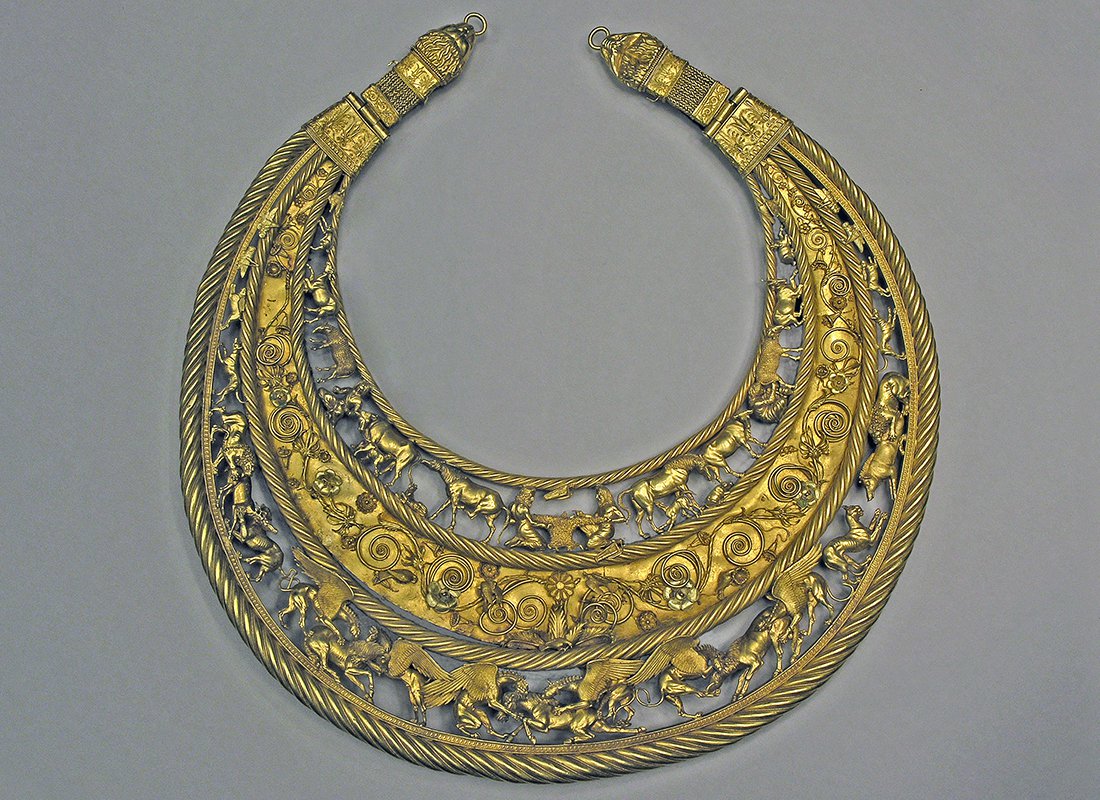
The gold pectoral of the Scythian king, created by Greek masters, is one of the most remarkable masterpieces of world jewelry art. The three tiers of the decoration encode an idea of the cosmos: the heavenly world, the life of people and animals, as well as chaos and death.
Learn more about Scythian gold and Scythian treasures in the museums of Ukraine.
5. Stone baba (steppe idols)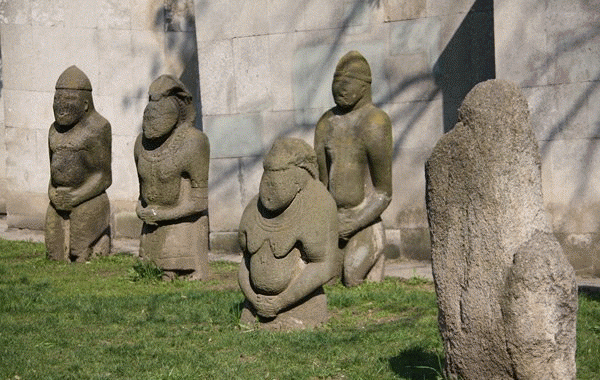
Monumental statues erected by nomadic tribes of the steppes represented ancestors or guardian deities. Stone women (babas) became a kind of symbol of the Ukrainian steppes; they were placed on burial mounds, where they played the role of “guardians” of memory. The largest collection of steppe idols is kept in the Dnipropetrovsk National Historical Museum named after D.I. Yavornytsky.
6. Sword from the time of Svyatoslav (10th century)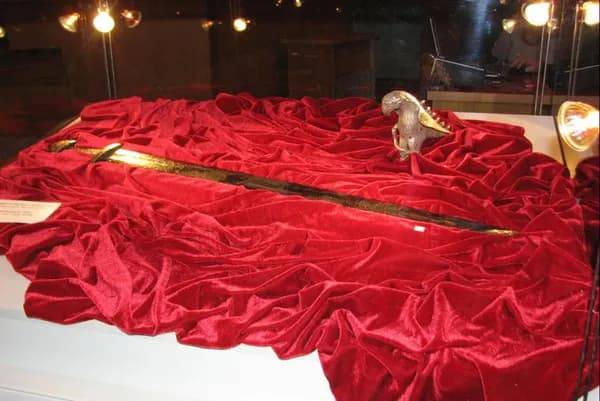
The sword, attributed to Prince Svyatoslav the Brave, is a symbol of the military prowess of Kyivan Rus. It is not only a weapon, but also evidence of Rus's contacts with Europe, as it was made in the Scandinavian tradition. It belongs to the funds of the Khortytsia National Reserve.
7. St. Sophia of Kiev and its mosaics (11th century)%20(1).jpg)
The Cathedral of Saint Sophia in Kyiv is a pearl of ancient Russian architecture and the spiritual center of Rus. Its mosaics and frescoes, in particular the famous "Oranta", preserve a thousand-year history, combining Byzantine traditions and local culture. Today it is the central building of the National Reserve "Sophia of Kyiv".
8. Ostromir Gospel (1056–1057)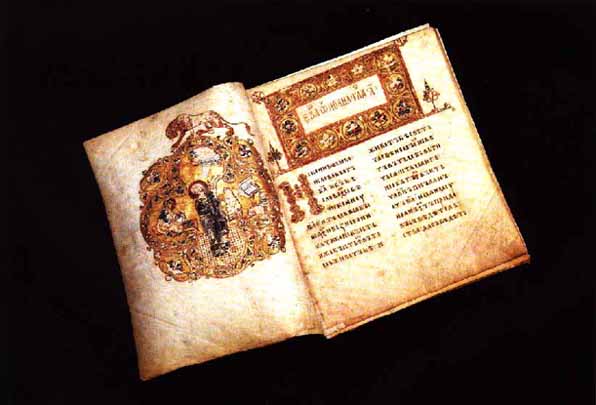
The first dated book of Kyivan Rus, copied by Deacon Grigory for the Novgorod governor Ostromyr. This is a priceless monument of Cyrillic script and book culture, decorated with miniatures and ornaments. The monument records typical features of the Ukrainian language.
9. Cossack treasures of the Zaporizhian Sich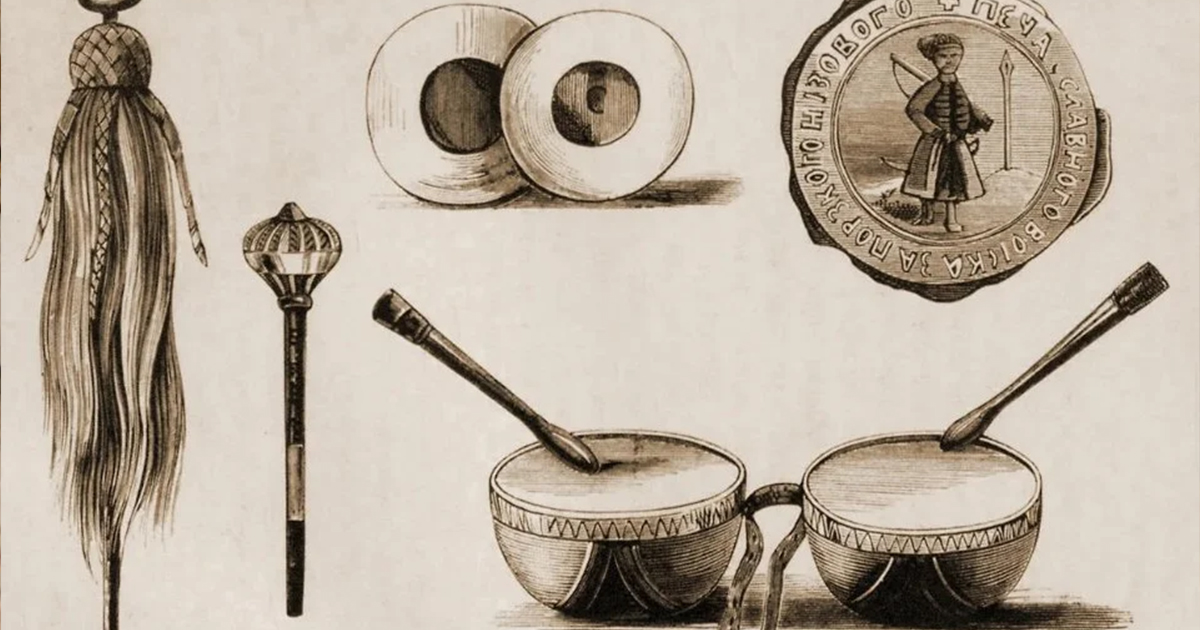
Coat of arms, maces, bunchuks, and other jewels represented the military and political power of the Cossacks. They were symbols of honor and unity, reminding us that the Zaporizhian Sich was not only a military center, but also the embryo of statehood.
10. Weapons and cannons from the time of Bohdan Khmelnytsky's war of liberation
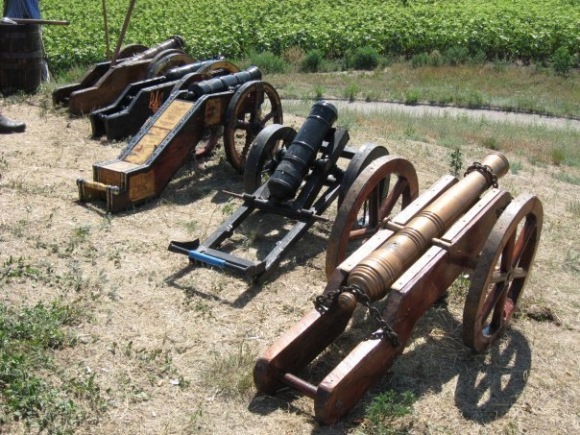
Cossack artillery of the 17th century became one of the factors of success in the war against the Polish-Lithuanian Commonwealth. The weapons of that time - muskets, sabers, cannons - testify to the skill of Cossack craftsmen and reflect the military power of the Cossack state.
Artifacts that have preserved Ukrainian history through millennia are not just silent witnesses of the past, but living bearers of cultural memory. From the petroglyphs of Kamyana Mohyla to the Cossack regalia and the weapons of the liberation war, each of them opens a page of the great history of our land. They reveal how the worldview, art, faith, and struggle of Ukrainians for their place in the world were formed.
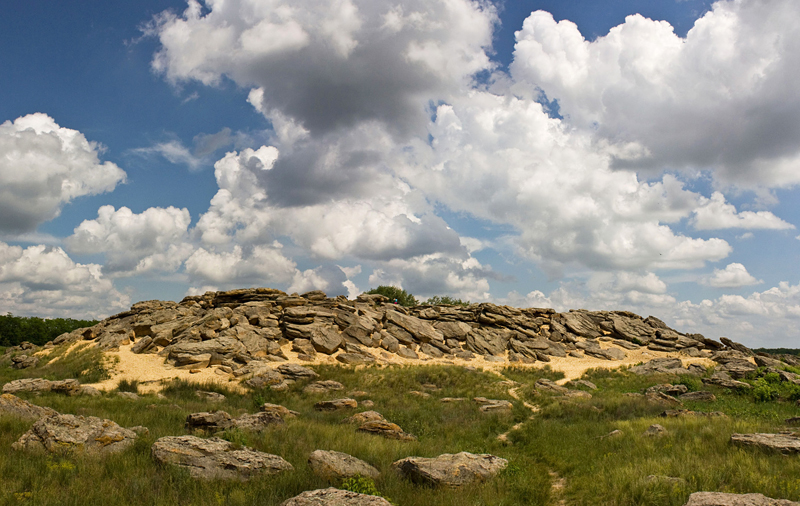
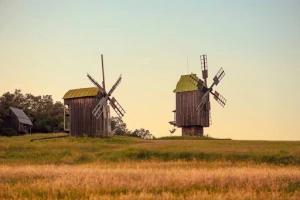
 (1)_latest.webp)
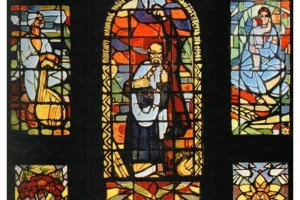

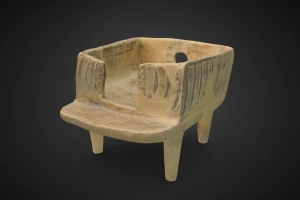
_latest.webp)
